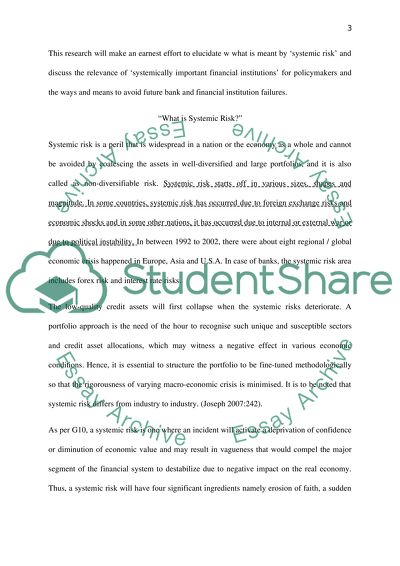Cite this document
(“Systemic Risk and SIFI and Global Economic Crisis Essay”, n.d.)
Retrieved from https://studentshare.org/finance-accounting/1470694-systemic-risk-and-sifi-and-global-economic-crisis
Retrieved from https://studentshare.org/finance-accounting/1470694-systemic-risk-and-sifi-and-global-economic-crisis
(Systemic Risk and SIFI and Global Economic Crisis Essay)
https://studentshare.org/finance-accounting/1470694-systemic-risk-and-sifi-and-global-economic-crisis.
https://studentshare.org/finance-accounting/1470694-systemic-risk-and-sifi-and-global-economic-crisis.
“Systemic Risk and SIFI and Global Economic Crisis Essay”, n.d. https://studentshare.org/finance-accounting/1470694-systemic-risk-and-sifi-and-global-economic-crisis.


